
Kevan Hashemi and Jim Bensinger worked together on the Muon Spectrometer Alignment System of the Superconducting Super-Collider (SSC).
Kevan was an Electrical Engineer at the Harvard University High Energy Physics Laboratory.
Jim Bensinger was a Professor at Brandeis University, but kept an office at Harvard.
The SSC alignment system consisted of three-point monitors and a laser rangefinder.
With the cancellation of SSC, the rangefinder development was cut short, but we did produce one paper, Sources of Error in a Laser Rangefinder.
In 1994, Kevan Hashemi joined the Brandeis University High Energy Physics (BNDHEP) Laboratory as an Electrical Engineer.
The BNDHEP Electronics Shop employed one technician full-time prior to Kevan's arrival.
The shop's initial ATLAS work was to:
The result of our work was:
Construction of muon chambers required granite tables and precise tooling combs.
We designed and built the BCAL (Brandeis CCD and Laser) instrument to measure the shape of granite tables with 1-μm accuracy.
The BCAM consisted of a collimated, gaussian-profile laser beam and a large image sensor with its cover removed. Both were mounted in rotatable precision blocks.

BCALs were used at Brandeis, Harvard, Michigan, and Washington Universities.
We designed and built variations of the BCAL for use in the fabrication of chamber combs.
We provided readout for glass scale rulers used in fabrication of chamber combs.
The ATLAS end-cap muon alingment system needed an instrument to replace the failed transparant silicon detector.
We proposed the BCAM (Boston CCD Angle Monitor), a solid-state camera with a narrow field of view and integrated light sources.
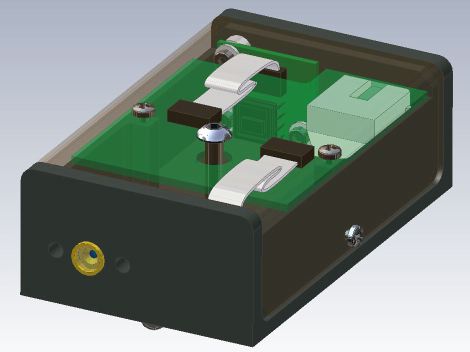
Saclay in France proposed the STAMP (Saclay Telescope for the Alignment of Many Points).
MPI in Germany persisted with their TSD.
In April 2000, Freiburg University in Germany used their 6-m CMM (computer measuring machine) to compare the competing instruments.
Only BCAM made stable measurements with the lights on over 14-m range.
Only BCAM met all the accuracy requirements of ATLAS.
BCAM accepted for ATLAS end-cap.
We wrote our own Rasnik image analysis routine.
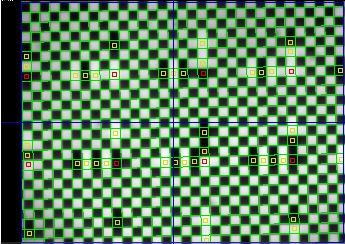
The Brandeis analysis routine is faster than any of the routines provided by NIKHEF or CERN.
The Brandeis routine is now used in both the end-cap and barrel muon alignment systems.
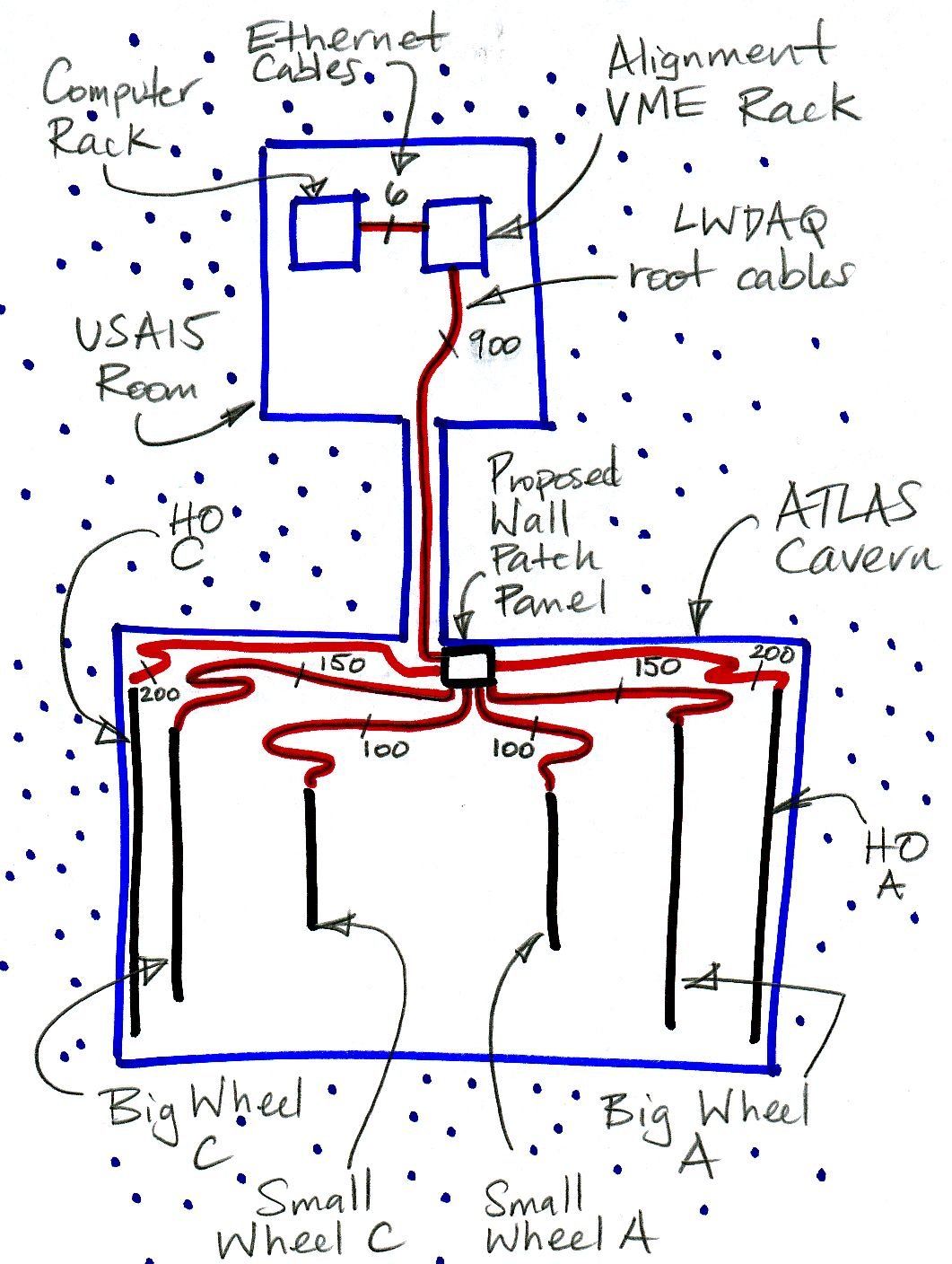
We provide common DAQ (Data Acquisition) hardware for all alignment sensors.
The prototype hardware used ribbon cable and a VME interface.
The final hardware uses network cable and a TCPIP interface.
We call the final hardware the LWDAQ (Long-Wire Data Acquisition System).
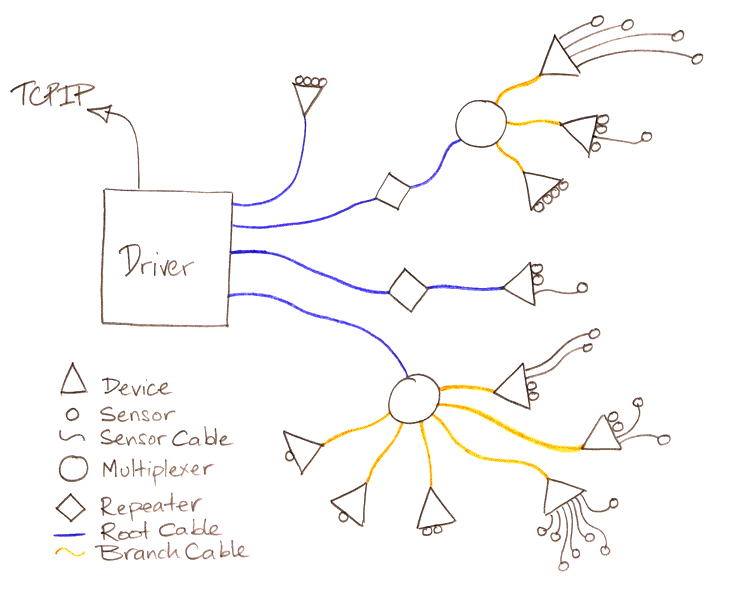
The LWDAQ is designed for use in large systems and in the laboratory.
In use in ATLAS, ALICE, CMS, and the CERN Survey Group.
Our LWDAQ sofware runs on Linux, Windows, and MacOS.
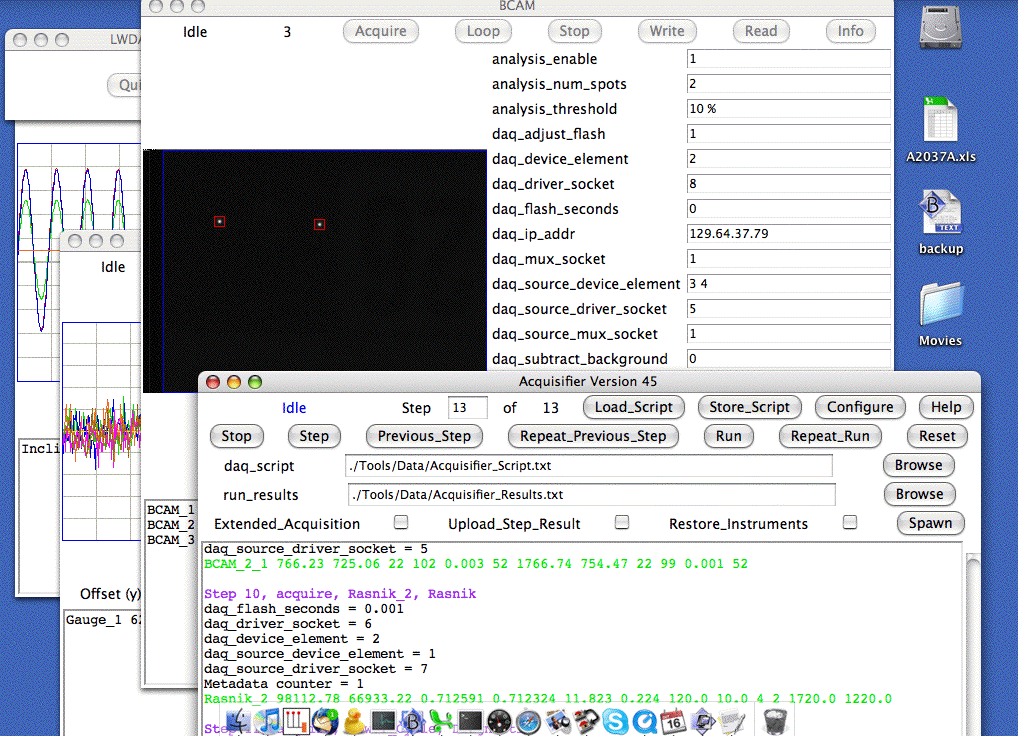
The Rasnik and BCAM instruments were first LWDAQ devices.
More devices followed:
Our software and hardware are in use in several large experiments, and at a dozen different laboratories.
We must provide good documentation to our users or else spend all our time answering questions.
The LWDAQ Specification describes the design of the LWDAQ hardware.
The LWDAQ User Manual describes the use of our hardware and software.
Every LWDAQ device has its own User Manual, listed on our Electronics Page.
The Large Synoptic Survey Telescop (LSST) is an new astronomy experiment.
The Timing and Control Module (TCM) controls image read-out and receives instructions over a TCPIP.
We were invited to join LSST to design and build the TCM.
We built the TCM Version One this summer.
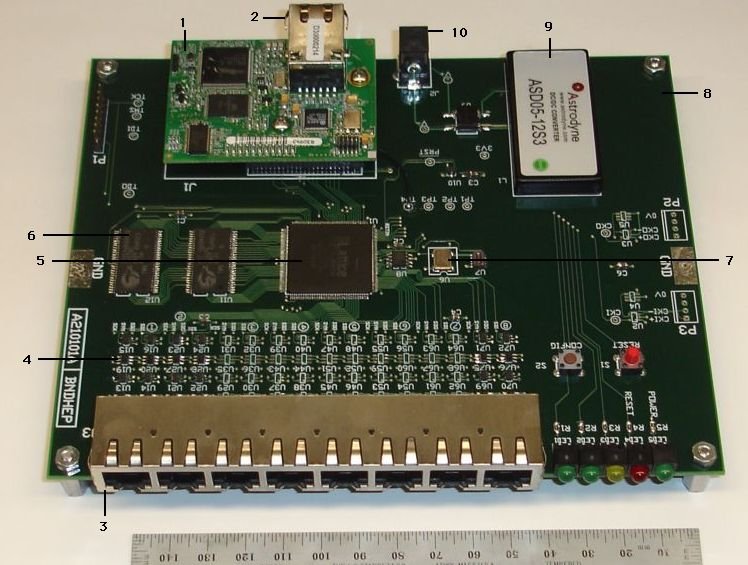
The TCM uses a newer version of the embedded TCPIP interface we applied in ATLAS.
We communicate with the TCM using our existing LWDAQ software.